10 Signs You’re Using The Wrong Golf Clubs
Sometimes the tools really are to blame, and it's not the person holding the golf club...


“A good workman never blames his tools.” Yes, absolutely, couldn’t agree more. Stop making excuses. That big slice you just hit, it’s on you. Those slightly thin strikes - your fault. Or is it?
A lot of the time, yes, it will be. As tempting as it is to blame your clubs when you play a poor shot, often it’s simply down to the person holding them. Golf, as we so often say, is hard.
However, sometimes the moaning and constant blaming of gear might be justified. We’re always going to play loose shots - everyone does - but the reason why you're struggling with a certain shot shape or lacking a bit of distance, it could also have something to do with playing the wrong equipment.
So, how do you know? What are the signs to look out for? Let’s discuss…
1. Your scores aren’t improving

Has your scoring stopped improving?
You know you’re playing well, because the swing feels good and you’re getting a lot of ‘Nice swings’ from your playing partners. You’re even putting the odd decent round together.
Overall, though, despite feeling as though you're playing nicely from tee-to-green, your handicap isn’t moving too much; in fact, it might have started to go in the wrong direction.
There comes a time when we level off, and often only a series of lessons and more time on the range will help you get to the next level - but a change of equipment might also unlock something.
Subscribe to the Golf Monthly newsletter to stay up to date with all the latest tour news, equipment news, reviews, head-to-heads and buyer’s guides from our team of experienced experts.
2. Your divots don't look right
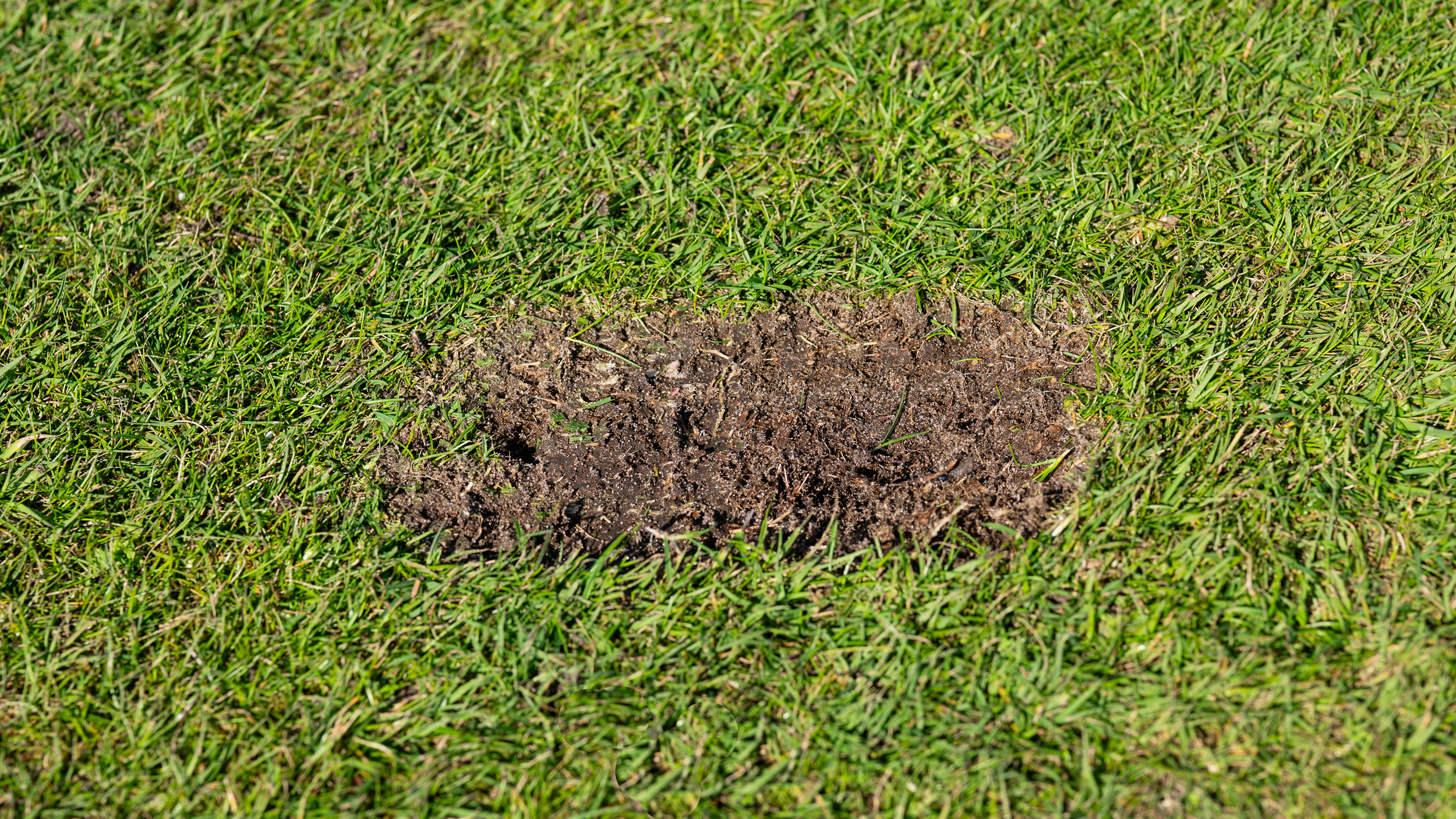
Next time you hit an iron shot, look closely at your divot (yes, you should be taking divots). You want relatively uniform divots that remove a slither of turf around the width of the sole of the clubhead (like in the image above). If your divots are narrower than this, it could mean that your lie angle is off and that the toe or heel section of the club is predominantly entering the turf.
Take note of how the club feels like it enters and exits the turf too. It should feel relatively smooth with a seamless entry and swift exit, not clunky or feeling like the club bounces or gets stuck. Much of this comes down to technique but it could be that you would benefit from wider soles on your irons if you get quite steep into the ball.
3. You’re lacking distance

Maybe you've noticed your playing partners hitting the ball a lot further than usual
When you play with a regular group of golfers, you really get to know one another’s game. This is a good way of keeping an eye on what everyone else is up to, especially when someone turns up with one of the very best new drivers or a new set of irons.
Should one of your friends suddenly start outdriving you by 20 yards - when there’s normally not a lot between you - this might be a sign that your driver is due an upgrade.
It’s not necessarily that you’re playing with the wrong equipment, more a case that you’re missing out on the very latest technology. Either that or your friend has been secretly having lessons or working out in the gym.
4. You have a consistent miss

A consistent miss could suggest that a change of equipment is needed
There’s a good chance that a consistent miss or problem shot is a technical fault with your swing or a problem with your alignment - all golfers have them, even the tour pros. However, sometimes it can be a case of your clubs not being suitable.
You only have to go for a custom fitting to really appreciate how changing heads and especially shafts can make a difference to your shot shape and dispersion.
A sign that a shaft is too stiff for your swing is if you have a consistent low ball flight and miss to the right. Conversely a shaft that is too soft will often generate excessive spin, height and a miss to the left. In both of these scenarios, you will also be robbed of precious carry distance and while it’s not an exact science and is player dependent, it’s certainly worth looking into the shaft if you experience these issues.
5. You’ve got a problem hole
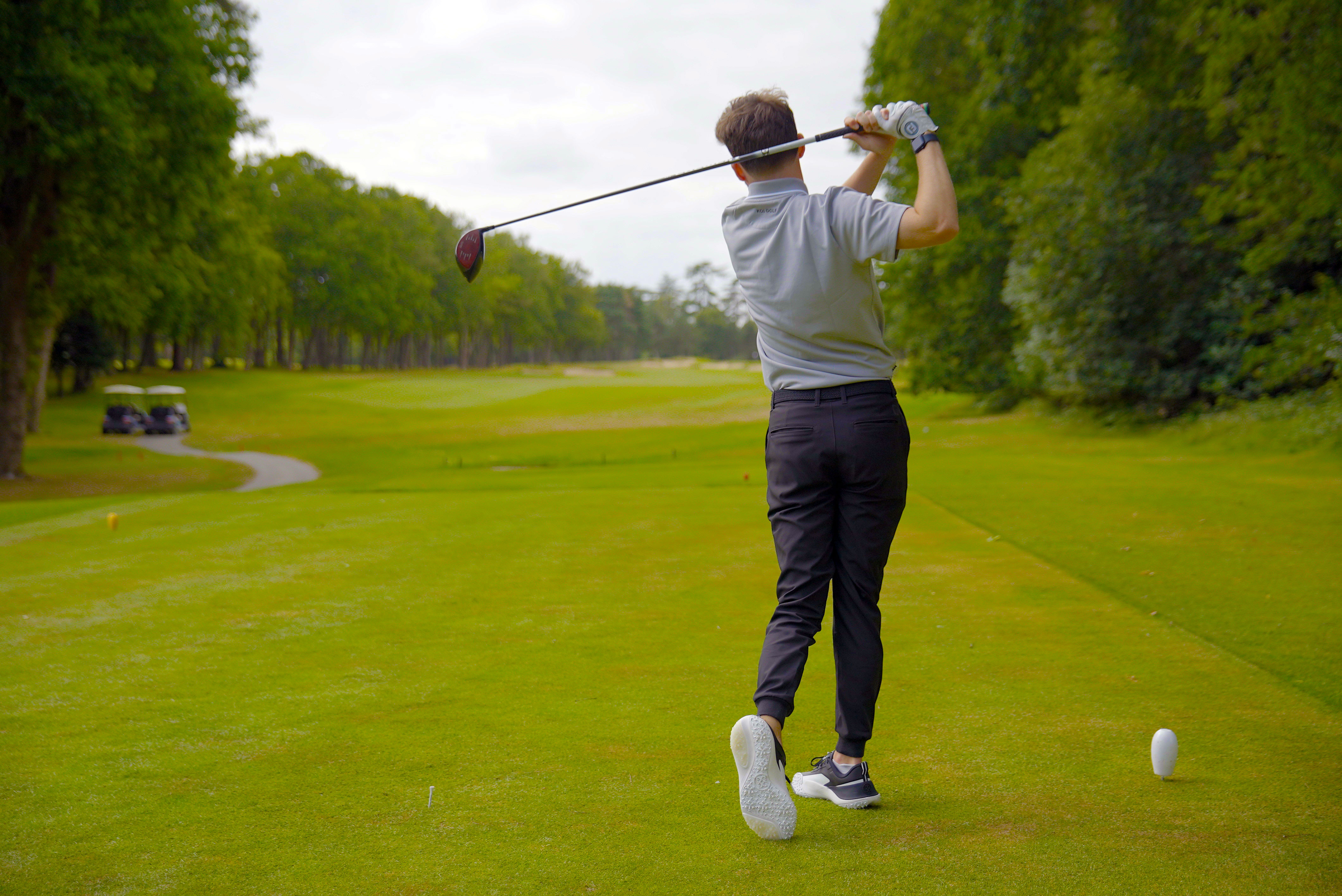
Some holes just don't suit your eye, but perhaps a new club would help?
Most golfers have a hole on their home course that they just can’t play well. Perhaps it doesn’t set up well to the eye, it doesn’t match your typical shape of shot or maybe you had a bad experience early on that still haunts you.
While these are things that are difficult to overcome, it could be that you simply don’t have the appropriate club in your bag to make the hole properly. Let’s say it’s a 200 yard par three hole, which is about the right distance for your 3-hybrid. But it usually plays into the wind, which means your 3-hybrid won’t get there and your 3-wood is too much club. It also doesn’t provide the requisite stopping power when it lands. In this case, swapping the 3-hybrid out for a slightly more powerful and forgiving 4-wood could be the perfect solution.
It could also be that you are simply not confident with the club you need to use on a particular hole or shot. In both instances, switching to a different type of club could give you the confidence you need to overcome your mental struggles and master the hole that has been holding you back in competitions.
6. Your shots curve a lot
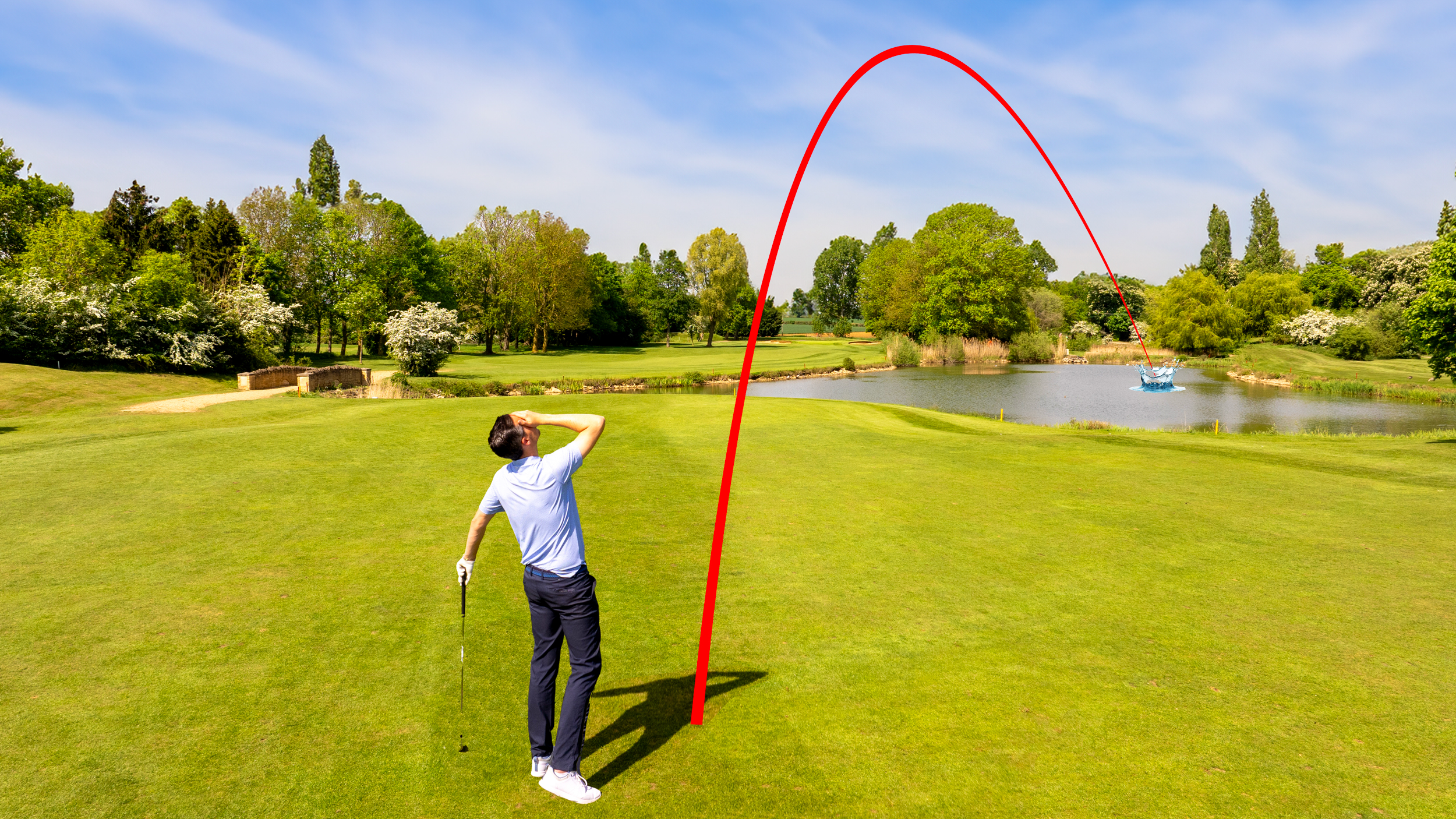
Modern golf balls and high MOI drivers mean it is more difficult than ever to curve the ball through the air. But if your shots tail off off excessively one way, this is another sign that the lie angle of your clubs is not appropriate for the way you swing.
A good way to check this is to draw a line on your ball with a colored Sharpie and have it facing your driver face vertically when you set up. Hit the ball and see the imprint of the line on your driver face - you want it pointing straight upright. If it’s leaning up towards the toe, your lie angle is too upright and if it points up towards the shaft the lie angle is too flat.
7. Your ball striking is getting worse

A change of irons could give you more forgiveness
This is a tough one because we all have days when we walk off the course feeling like we didn’t find the center of the clubface once - not once.
If this has become a regular occurrence, it might be that you would benefit from playing with a more forgiving set of irons, or a driver that still gets the ball out there even when the strike isn’t pure.
A lot of golfers are reluctant to make a change, especially those who have played to a fairly handy level, somewhere in the low single figures. It can be frustrating when your handicap goes in the wrong direction and you’re suddenly not the player you were.
It comes back to that word: ego. Whether it’s age, a lack of playing, injury, less time spent practicing, it doesn’t matter; there’s no point struggling when a change to something more playable can get you back to somewhere near the level you were at.
8. You’re duffing your chips
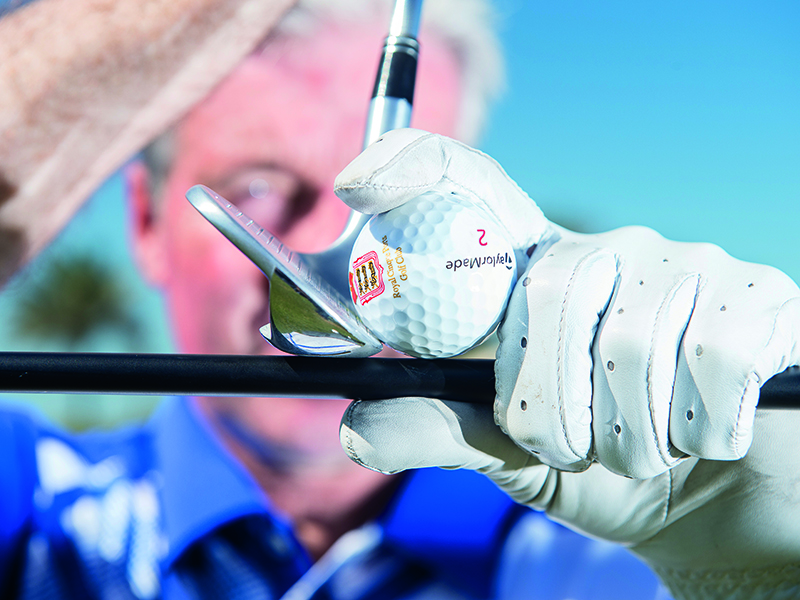
A different bounce on your wedges could help you to make cleaner strikes
Your wedges are your scoring clubs and a lot of club golfers don’t give this area of the bag anywhere near enough attention, especially when it comes to bounce.
Let’s say you’re playing a lot of links golf, so you’re frequently chipping off tight lies. This isn’t an easy shot to play, and even harder if the bounce on the club isn’t doing you any favors. With less bounce, the leading edge of the club sits closer to the tight turf and makes it a little easier to slide the ball under the club.
The next time you’re hitting some chip shots around the green, take note of how the sole is interacting with the ground. If you’re taking excessively large divots, or the club is bouncing too much or drop kicking through strike and not getting under the ball how you’d like, it could be that you don’t have the right bounce.
The grind of your wedge is also important to get right, especially if you like to open the face of your wedges to alter the trajectory of your chip and pitch shots. If you open the face without a grind that has any heel relief, the leading edge will rise off the ground too much and you’ll hit thin shots or have to lean the shaft forward to get the club under the ball.
Of course, as with all of the above, poor technique is often a factor. Sometimes, however, it really is a case of the wrong tools.
9. Two clubs go a similar distance
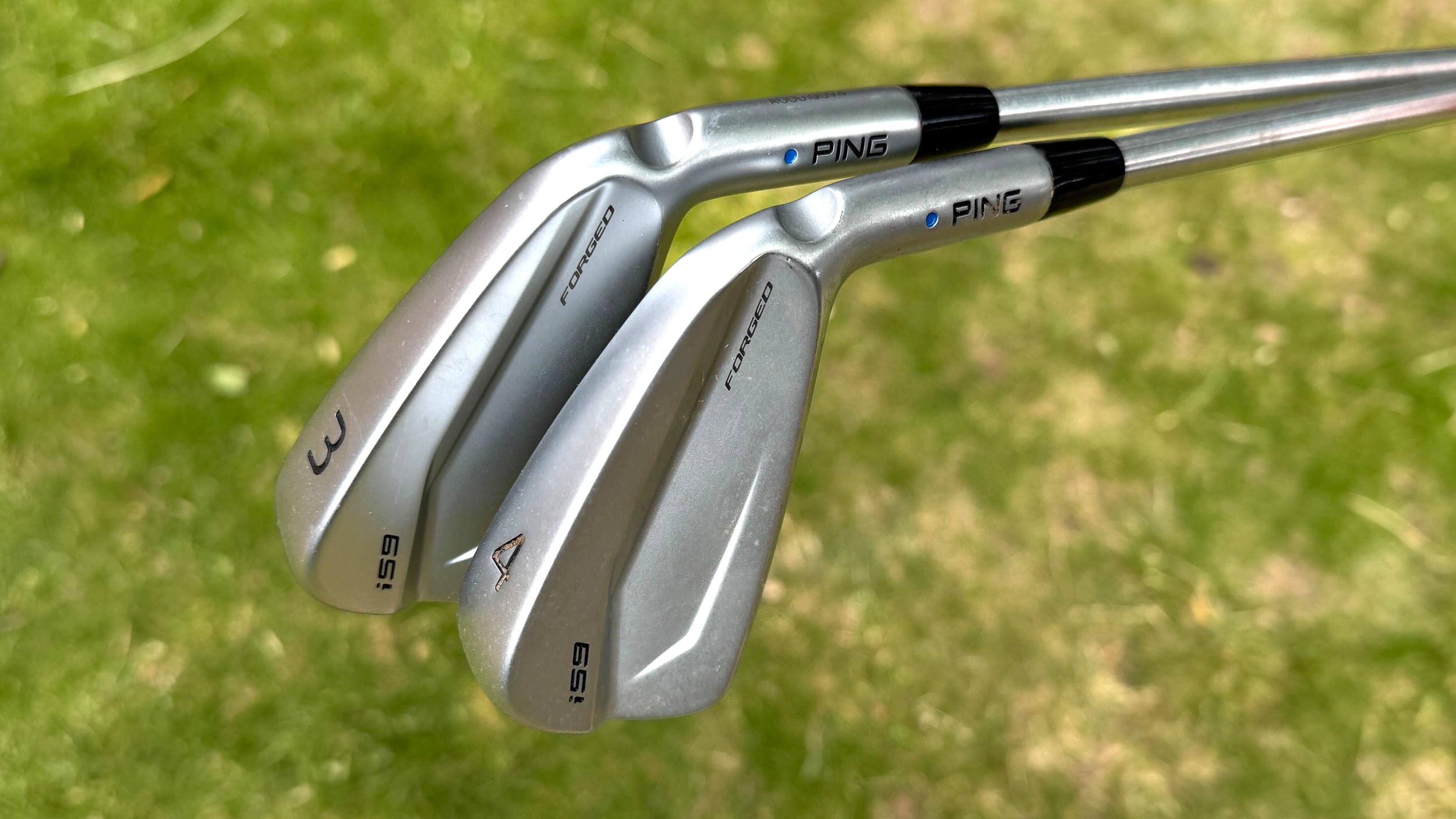
Many golfers, especially slower swingers of the club, experience the problem unofficially known as 'distance bunching' where two clubs hit the ball a similar distance. It occurs most often at the lower part of an iron set in the 3- and 4-iron or the 4- and 5-iron and is essentially wasting a crucial slot in the bag.
It happens because you don’t have the requisite swing speed the launch and spin the ball appropriately for the loft on the club, which causes shots hit with the longer of the two clubs to fall from the sky too early. As swing speed comes down, carry distance plateaus at certain points so for many golfers, swapping out the longer iron for a hybrid or fairway wood equivalent is a way of generating more height, distance and maintaining relatively even distance gaps throughout the bag.
10. Inconsistent long distance putting

If you struggle to control distance from long range on the greens, it could be that the loft on your putter doesn’t match how you deliver the club at impact. Most putters come with 3 degrees of loft as standard (unless it’s zero torque putter or an armlock putter) but depending on how much you lean the shaft forwards or backwards at impact, the dynamic loft you present to the ball could be very different.
Too much dynamic loft will cause the ball to jump up and bobble excessively before reaching true roll while not enough will send the ball down into the ground, again causing it to bobble which increases the chances of a loss of speed and deviating off line. So if you lean the shaft forwards, you need more static loft and it leans back at impact, you need less than standard. Some putters, like the latest Cobra putter range, have descending loft technology on the face to account for variances in shaft lean.

Michael has been with Golf Monthly since 2008. A multimedia journalist, he has also worked for The Football Association, where he created content to support the England football team, The FA Cup, London 2012, and FA Women's Super League. As content editor at Foremost Golf, Michael worked closely with golf's biggest equipment manufacturers and has developed an in-depth knowledge of this side of the industry. He's a regular contributor, covering instruction, equipment, travel and feature content. Michael has interviewed many of the game's biggest stars, including seven World No.1s, and has attended and reported on numerous Major Championships and Ryder Cups around the world. He's a member of Formby Golf Club in Merseyside, UK.
- Joe FergusonStaff Writer
- Joel TadmanDeputy Editor
You must confirm your public display name before commenting
Please logout and then login again, you will then be prompted to enter your display name.